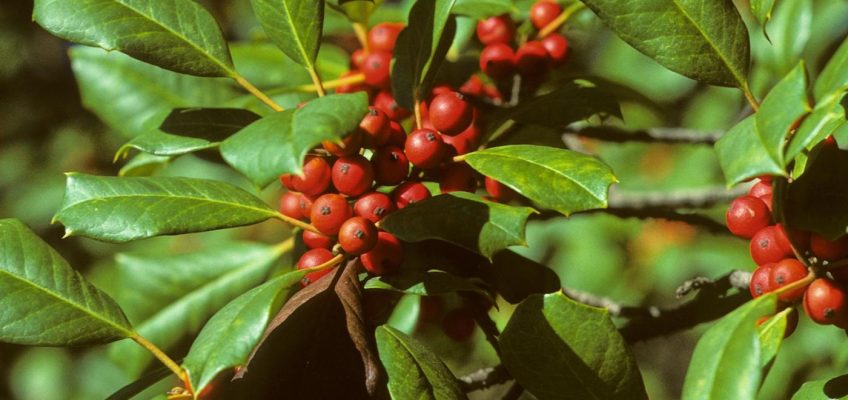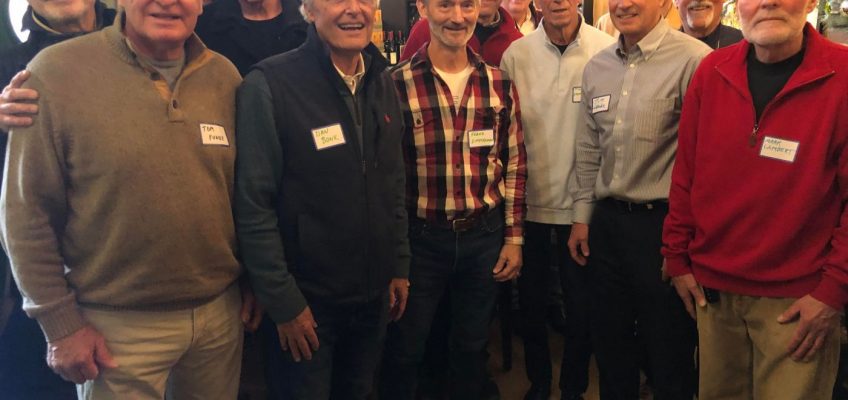In the last year or so, health influencers — and a lot of women on social media — have talked up testosterone therapy as a kind of perimenopausal panacea. They promise boundless energy, crisper thinking, better sleep — and, most of all, a roaring libido.
Sounds awfully tempting.
But like a lot of things when it comes to women’s health, these claims are way ahead of the science, contorting it, even, in ways that set women up for disappointment.
“A lot of attention has been on selling things to midlife women, rather than just trying to help them improve their quality of life,” says Jan Shifren, director of the Midlife Women’s Health Center at Massachusetts General Hospital.
Shifren says women routinely come into her office asking about products, including testosterone, purported to have magical benefits with no risk. She gently tries to adjust their expectations. “When you step back, if it sounds too good to be true, it is too good to be true,” she says.
Testosterone is a case in point. Although we tend to associate testosterone with men, women produce it too, albeit at much lower levels that decline as we age. Studies consistently show that raising testosterone levels in postmenopausal women to the upper limit of what is normal for a younger woman (say, someone in her 20s) can slightly improve sexual function. What does that look like? In clinical trials, women had about one additional “satisfying event” over four weeks compared with those taking a placebo, Shifren says.
The reality is that there is currently no FDA-approved testosterone product for women — and the only concrete evidence that testosterone might improve low libido applies to postmenopausal women. Even in that group, the effects are relatively modest.
To be clear, that modest improvement might be meaningful for many older women, and they absolutely should be offered treatment if they seek it. But it’s not the hair-on-fire, life-changing experience that some women are reporting on social media.
“When people say, ‘I want it for energy, I want it for weight loss, I want it to preserve my muscle tone’ — those are not indications for testosterone,” says Monica Christmas, associate medical director of the Menopause Society.
True, pumping up the dosage can give women an almost euphoric high, Christmas says. However, that effect will eventually subside, and to recapture it, they will have to continue increasing the dose. In doing so, they aren’t restoring testosterone levels to where they were in their 20s but rather elevating them to low levels typically seen in men.
That approach also carries risks that experts worry aren’t being sufficiently emphasized to women. Higher doses can cause hair loss (along with hair growth on the face and other areas many women would probably find undesirable), clitoral enlargement, acne and vocal changes that can be permanent. Particularly troubling is that some women are receiving those higher doses via pellets — typically purchased from compounding pharmacies that may or may not be reliable. The pellets are implanted and release the hormone over the course of months, and they can’t be removed if problems arise. There is no long-term data to show whether women taking these high doses might experience health problems down the road.
Meanwhile, the best data we have on safely using testosterone — specifically in low doses that restore physiological levels in women — also underscores the complex nature of our sexual well-being. Two recent studies conducted by Susan Davis, an endocrinologist at Monash University in Australia who has spent decades studying the hormone, underscore the disconnect between how some health influencers talk about testosterone and what it can realistically offer.
By mining data from the Australian Women’s Midlife Years Study, which has enrolled over 5,000 women, Davis found that women’s testosterone levels gradually decline around age 40, reaching a low point in their late 50s before increasing slightly again. Of note, that decline was attributed to age itself and not connected to when a woman went through menopause.
Davis then studied those same women’s sexual well-being over the menopause transition. She found that those who are perimenopausal — meaning they have started to experience things like hot flashes and night sweats and whose menstrual cycle has become less regular — are twice as likely to have a desire dysfunction as premenopausal women. Yet their testosterone levels aren’t wildly different.
Together, the two studies suggest that testosterone levels don’t change much during menopause, but sexual function does, and the change happens early on, Davis explains. That means testosterone decline isn’t the culprit. More telling, though, are the two main commonalities among the women experiencing distress: depression and being partnered.
As expert after expert stressed to me, women’s levels of desire and sexual satisfaction are typically tied to a range of issues — some physical, some mental, and some simply a part of life. They might be experiencing more pain during sex as they age, or, as Davis’ data suggests, they may be depressed or just a bit bored with their partner. Many middle-aged women also struggle to find the time, energy, and privacy for extracurricular activities because they are doing so much caregiving for children and elders while navigating their careers.
Those problems aren’t immutable. Doctors have several treatments they can and should be offering women, whether that’s vaginal estrogen or pelvic floor therapy to help with pain or discomfort, certain antidepressants that are known to have modest effects on libido, or even pills specifically designed to increase desire.
And, yes, testosterone is an option, too, but women need to remember that the only proof of efficacy is in women who are postmenopausal. On that front, US regulators could make it a lot easier for women to safely use testosterone if they approved a dosage meant for them — for example, by approving a product for low libido. Instead, women are relegated to compounders or forced to adapt high-dose products intended for men.
Given the complexity of our sexual health, it’s probably helpful to stop hoping there will be a single magic pill or potion that can transport us back to our more carefree younger years. That wishful thinking is understandable (and completely relatable). But it can only lead to disappointment and might even cause us to self-experiment in ways that could cause harm.
Lisa Jarvis is a Bloomberg Opinion columnist covering biotech, health care and the pharmaceutical industry. Previously, she was executive editor of Chemical & Engineering News.




